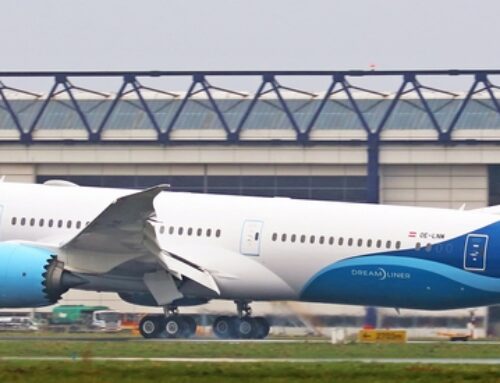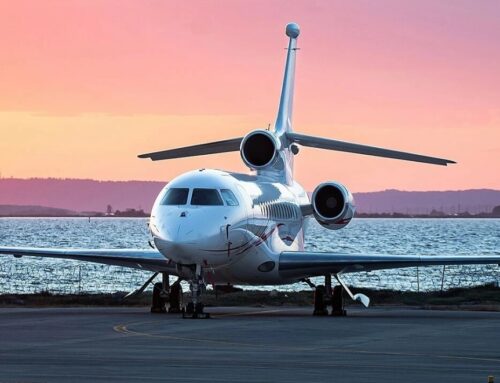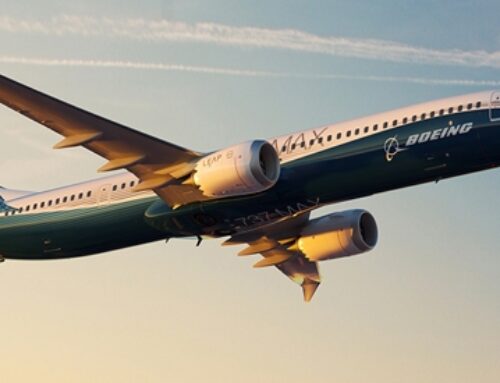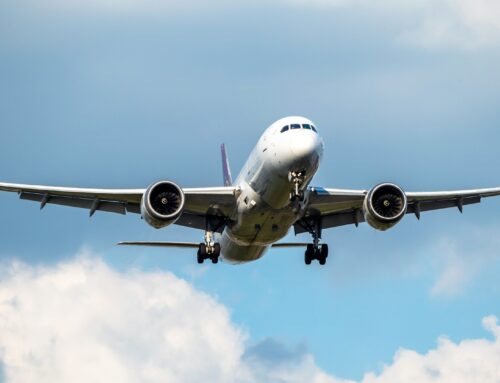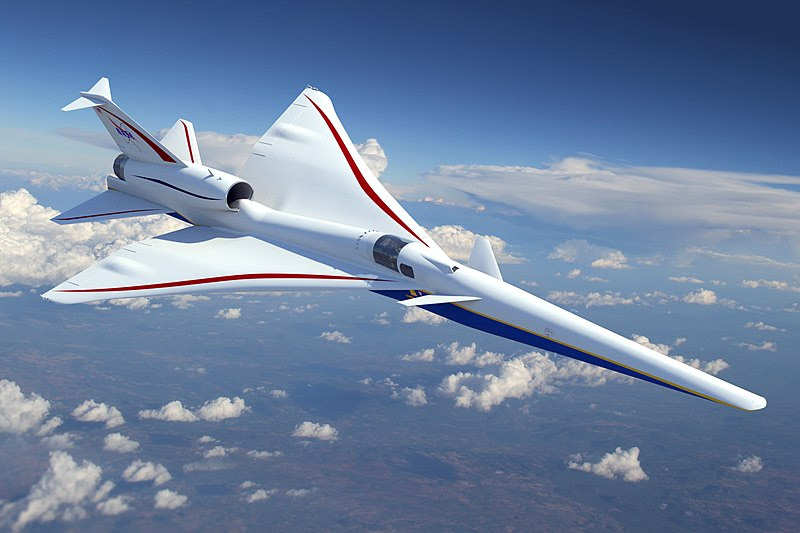
NASA is working on ending the 50-year ban on civilian supersonic aircraft over land in the United States. This move could open up new commercial cargo and passenger markets and dramatically reduce travel time.
NASA’s Quesst mission is working on designing and building NASA’s X-59 research aircraft with technology that reduces the loudness of a sonic boom. The X-59 will be flown over communities in the United States to gather data on human responses to the supersonic flight sound. This data would be reported to regulators with the hope that new rules regarding supersonic flight over land would be written and adopted.
The Quesst mission is nearing its final developmental stages and is almost ready to conduct community overflights and public surveys. However, public approval and lifting the ban are just the first steps, and airport noise, emissions, and climate impact are all factors that the agency says they still need to address.
The origins of the federal ban on supersonic flight date back to the 1950s and 1960s when residents of many cities were exposed to loud and disruptive sonic booms. The ban on civilian supersonic flights over land went into effect in 1973, and the ban remains in effect today. NASA’s Quesst mission aims to focus on the sound an aircraft creates, rather than a speed limit, to end the ban.

